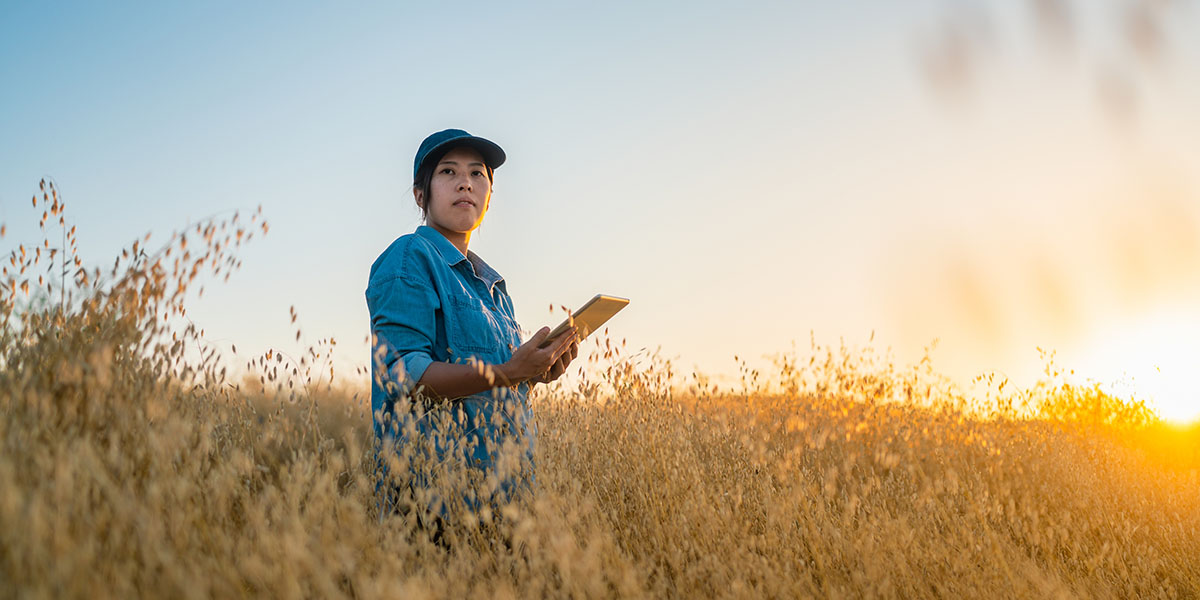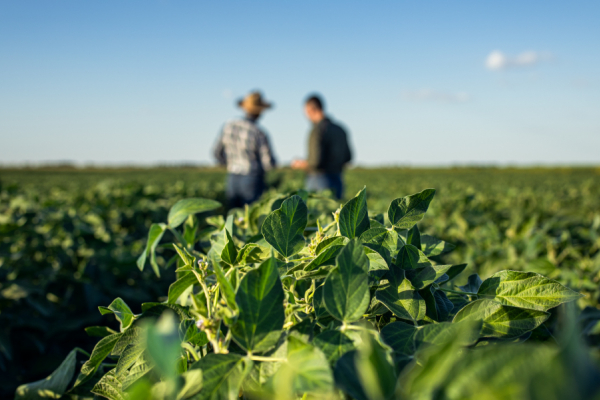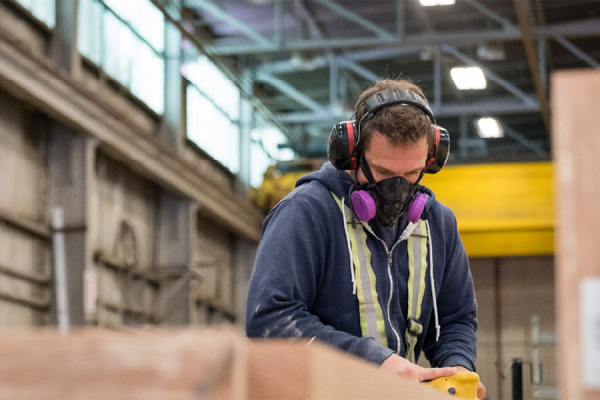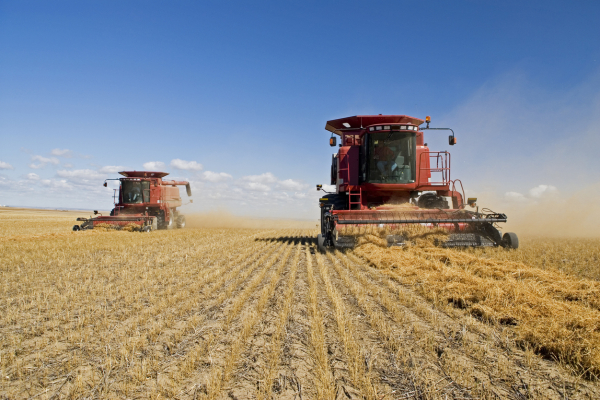CANADA’S GREEN TRANSITION NEEDS A HEALTHY SKILLS ECOSYSTEM
A stronger, cleaner economy demands a holistic approach to tackling the skills shortage
The opportunity: Up to 300,000 new green jobs by 2030
Clean growth and climate action are expected to create jobs and benefit Canada’s economy. Our report, Ready for Green Jobs, estimated that up to 300,000 new green jobs could be created by 2030.
While good news, our projections uncovered a potential barrier to Canada’s clean growth — an increasing green skills shortage. Two challenges emerged: sectors and regions will need to ensure they have enough workers to fill these new roles, and workers will need the required skills to work on these new projects.
To understand these challenges, we undertook an 18-month project, in collaboration with the Future Skills Centre, to identify what types of skills would be needed for Canada’s green transition.

Our approach: Identify place-based skills and labour needs for Canada’s clean-growth opportunities
Our research identified the skills and jobs needed for three clean-growth opportunities: plant-based protein agriculture and manufacturing in Manitoba and Saskatchewan, zero-emissions vehicles manufacturing in Ontario and mass timber construction in British Columbia. For 18 months we conducted dozens of stakeholder interviews, five workshops and surveyed key representatives of these sectors.

What we found: the need for a skills ecosystem
After speaking with stakeholders and reading what experts had to say, we realized that addressing a green skills shortage of this magnitude requires an "ecosystem approach". Like any ecosystem, the skills ecosystem has many parts: people and organizations living in it, relying upon it and upon each other. You can’t fix a failing ecosystem without addressing all its parts. The same goes for Canada’s skills ecosystem.
Across the sectors we studied, we found common challenges and opportunities for the members of the skills ecosystem: businesses, workers, industry groups, educational institutions, policymakers and not-for-profit organizations. Regardless of the sector, any green transition will change the nature of the skills and jobs needed to undertake it.
Communities must be prepared to support the workers seizing that opportunity. A good starting point for communities looking to build their skills ecosystem is our How to plan for sustainable jobs guide. Using Canadian and international examples, it lays out a six-step process for groups leading and supporting green labour and skills transitions.
Part of the labour shortage can be addressed by joint efforts to attract a greater diversity of Canadian workers into sectors. Offering a clear path to citizenship for foreign-trained skilled workers would help Canada compete for internationally sought green talent. Regardless of where the workers come from, they’ll all need training from expert institutions or through on-the-job training programs, supportive infrastructure in their communities, access to jobs and employment, and policies in place to help them transition in the labour force (think support programs and grants).
If all members of the ecosystem work together to address the skills and labour shortages, Canada’s workers will benefit from a competitive, green economy that promises good jobs for generations to come.

Key findings: Solutions require collaboration among learning institutions, employers and all levels of government
Canada must build and grow a skilled workforce to support its green economy transition. Upskilling and reskilling can be done quickly with workers using existing skills in new ways and applying them to net-zero jobs. New workers — domestic and international — must be attracted to these industries and communities and want to stay.
Stakeholders in the skills ecosystem can do more to attract workers to clean-growth opportunities. Educational institutions can add work-based learning components to their curriculum. Businesses and industry associations can launch public awareness campaigns to attract talent and make potential workers aware of the opportunities in these growing sectors. Governments can invest in training and recruitment programs.
Existing and new workers will need to focus on developing non-technical skills. These skills include critical thinking, time management, coordination, decision-making and complex problem solving. These will be important across all clean-growth opportunities.
Communities across Canada will need strong social and physical infrastructure. Communities can attract and retain talented people by offering them affordable housing, childcare, public transportation and newcomer support services. Employers can help by offering workers flexibility, benefits and continuous learning opportunities.

Looking ahead: helping leaders support a thriving skills ecosystem
As Canada’s clean-growth transition evolves and progresses, SPI will continue work to understand its labour and skills needs. More focus and attention from policymakers is needed to ensure that these opportunities are seized.
To that end, we are expanding upon our previous research and are developing a series of customized tools for federal and provincial policymakers and community stakeholders. We want to equip these groups to build a vibrant skills ecosystem.
To get regular updates on our green skills work and other cutting-edge research and policy insights from the Smart Prosperity Institute, sign up for our newsletter.
Check out our reports on the skills needs of three Canadian clean-growth sectors:













